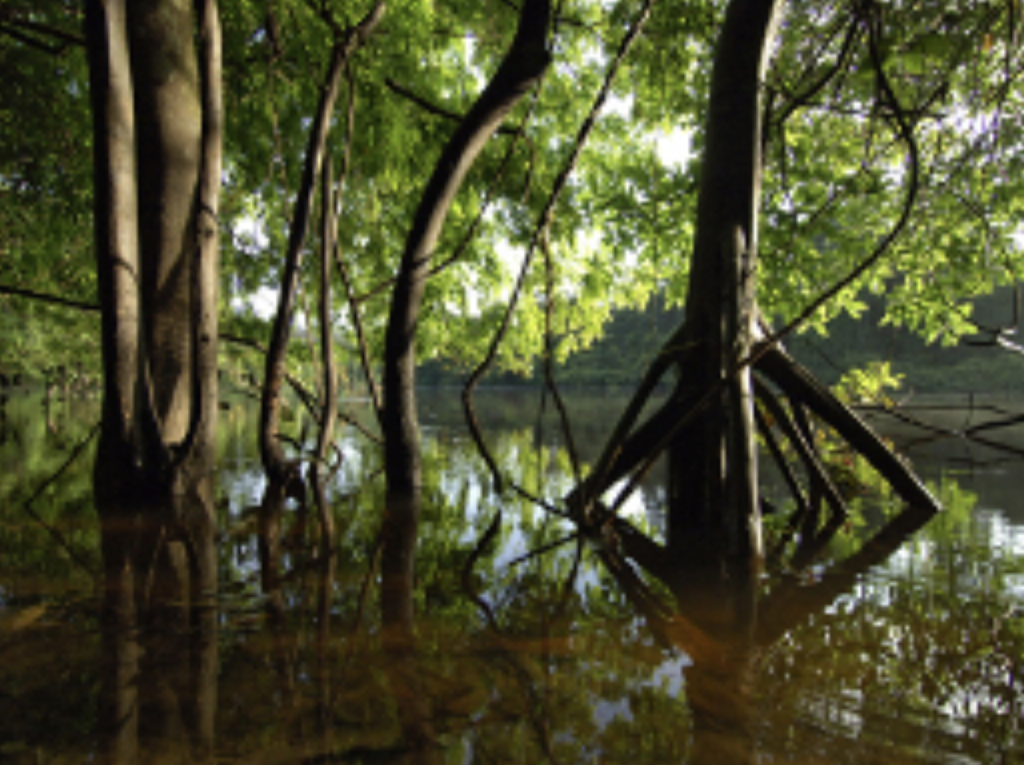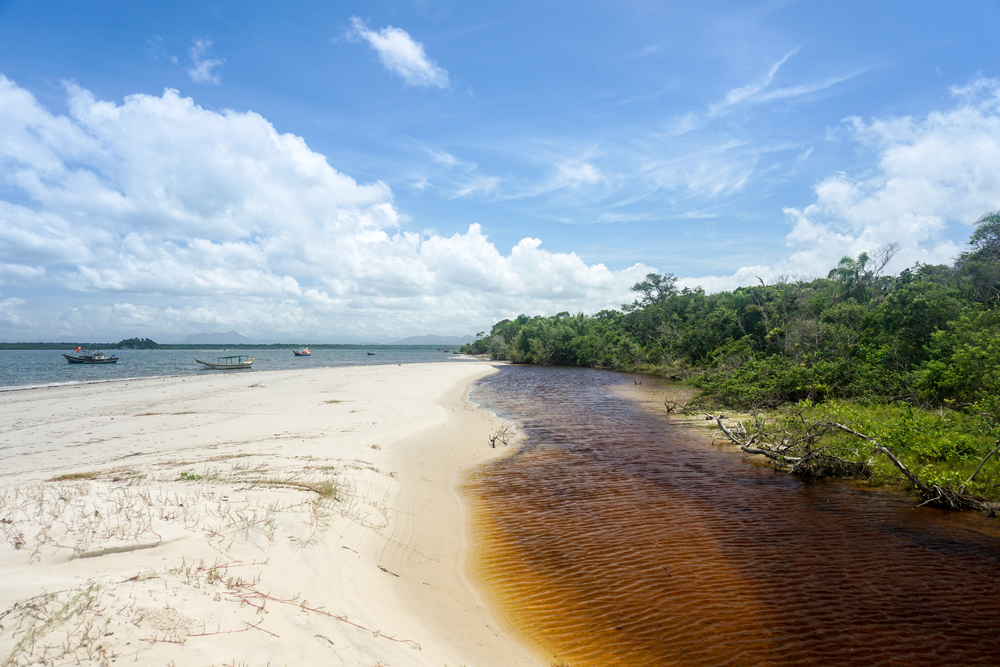Superagui Overview
Superagui National Park, known in Portuguese as Parque Nacional de Superagüi, is located in the southern part of Brazil within the state of Paraná. Encompassing approximately 135 square miles, or about 349 square kilometers, this national park is part of the Atlantic Forest Biosphere Reserve, a UNESCO-recognized conservation region.
It lies along Brazil’s southeastern coastline and includes Superagüi Island and nearby smaller islands, estuaries, mangrove swamps, and stretches of coastal Atlantic rainforest. The park’s remote and largely undeveloped terrain creates a unique refuge for many endangered species, offering a vivid window into one of the most biologically rich yet threatened ecosystems in the world.
The landscape of Superagui National Park is shaped by a dynamic mosaic of environments. Dense Atlantic rainforest blankets large portions of the park, featuring towering trees, thick undergrowth, and climbing vines. Mangrove forests stretch along the shorelines, giving way to tidal flats and sandy beaches that are untouched and serene.
The park also includes freshwater and saltwater marshes, which play an essential role in maintaining the area’s ecological balance. One of the more prominent features of the park is its long, isolated coastline along Superagüi Island, which includes Praia Deserta—a beach that extends for more than 30 kilometers and remains completely uninhabited, save for visiting wildlife and occasional travelers.
The park is home to a remarkable array of wildlife, some of which are found nowhere else on Earth. It serves as a critical sanctuary for the endangered black-faced lion tamarin, a small primate species that thrives in the dense, humid canopy. Other notable mammals include jaguarundis, howler monkeys, and capybaras.
The birdlife is equally rich, with species such as the red-tailed amazon parrot, which nests only in this region, making it a particularly important site for bird conservation. Herons, hawks, toucans, and hummingbirds also populate the skies and forest edges, while coastal areas see visits from migratory shorebirds.
Among the park’s most popular features is the isolation itself, which gives it a sense of untouched wilderness that is increasingly rare. Praia Deserta attracts hikers and nature lovers seeking solitude and a pristine environment.
Birdwatchers travel here to glimpse rare and endemic avian species, while researchers and conservationists frequent the area due to its ecological significance. The park’s trails offer opportunities for guided treks into the rainforest, and boat trips through the estuarine channels provide another avenue to experience the unique ecosystems and wildlife up close.
Visitors often experience the park through ecotourism, guided hikes, and wildlife observation. Access is primarily by boat, enhancing the sense of remoteness and adventure. Activities are kept low-impact to protect the sensitive habitats, with most tourism managed in cooperation with local communities.
These communities, particularly the Caiçaras, play a role in preserving the park through traditional knowledge and sustainable practices.
Superagui National Park faces ongoing conservation challenges, including illegal logging, poaching, and threats from nearby development. However, it has seen success through strict protection measures, community involvement, and its designation as a UNESCO Biosphere Reserve.
These combined efforts have helped stabilize some endangered populations and promote sustainable coexistence between humans and the environment.
Park Map
Superagui National Park Highlights
Share your clicks with us
Related National Parks More Brazil
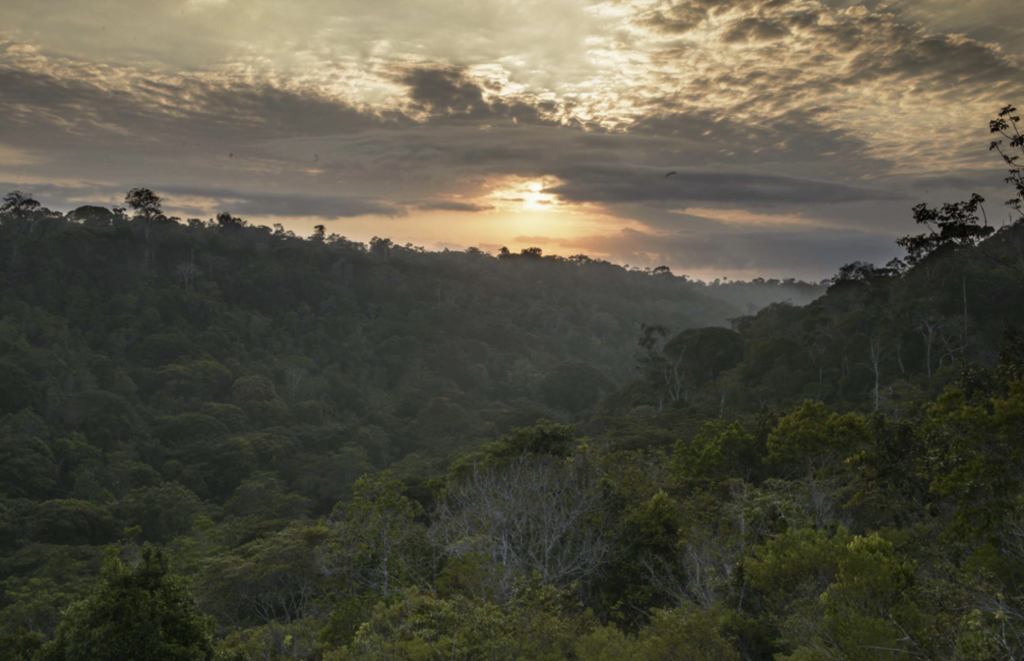
Pau Brasil National Park
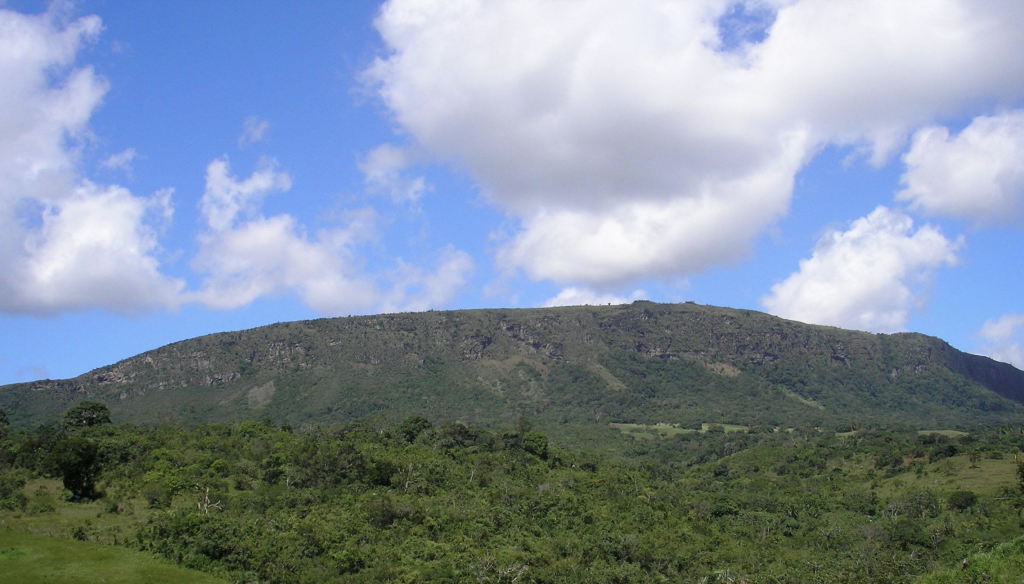
Serra de Itabaiana National Park

Serra do Itajaí National Park

Serra da Mocidade National Park
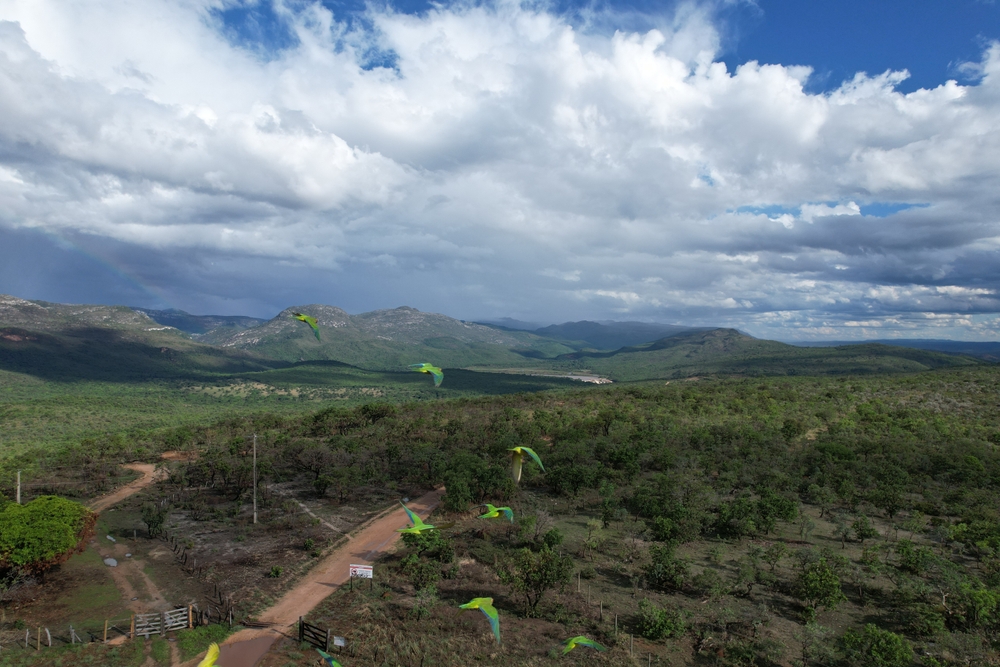
Sempre Vivas National Park
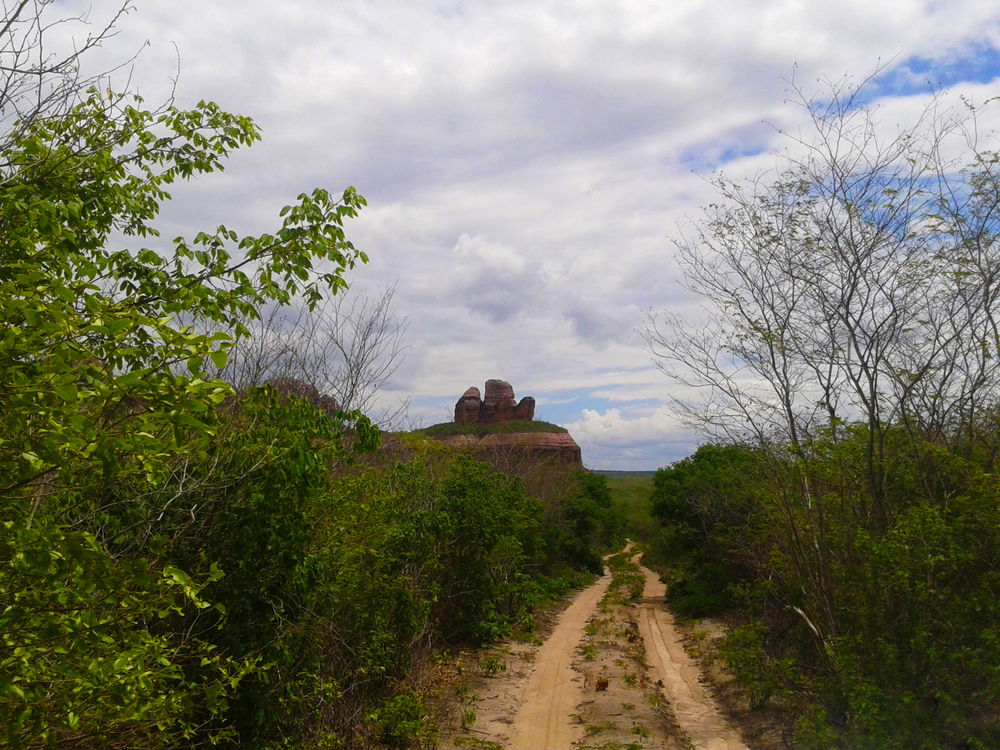
Serra das Confusões National Park

Saint-Hilaire Lange National Park
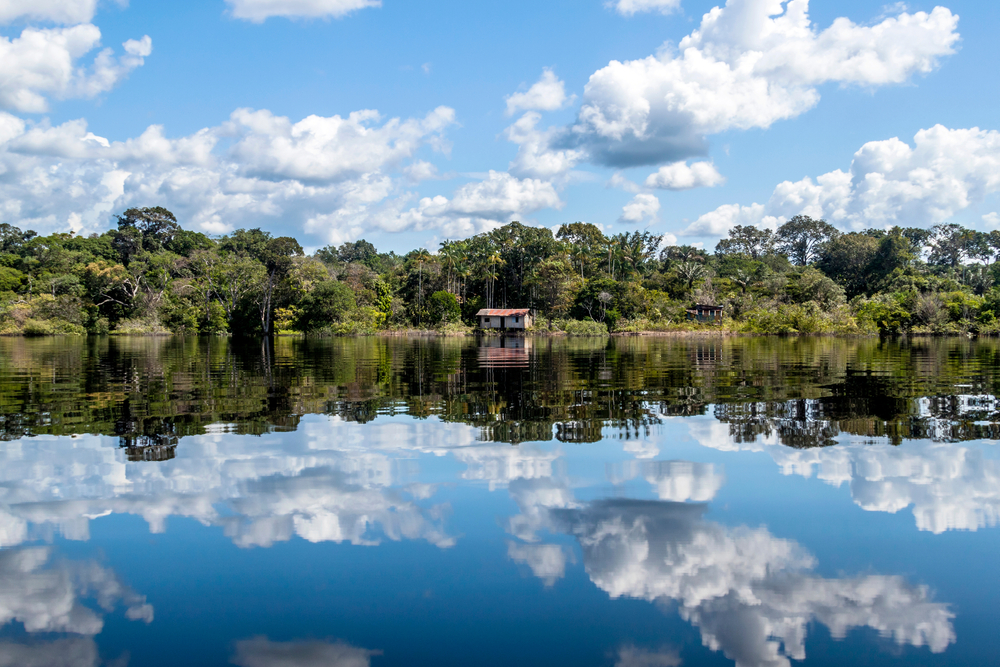
Rio Novo National Park
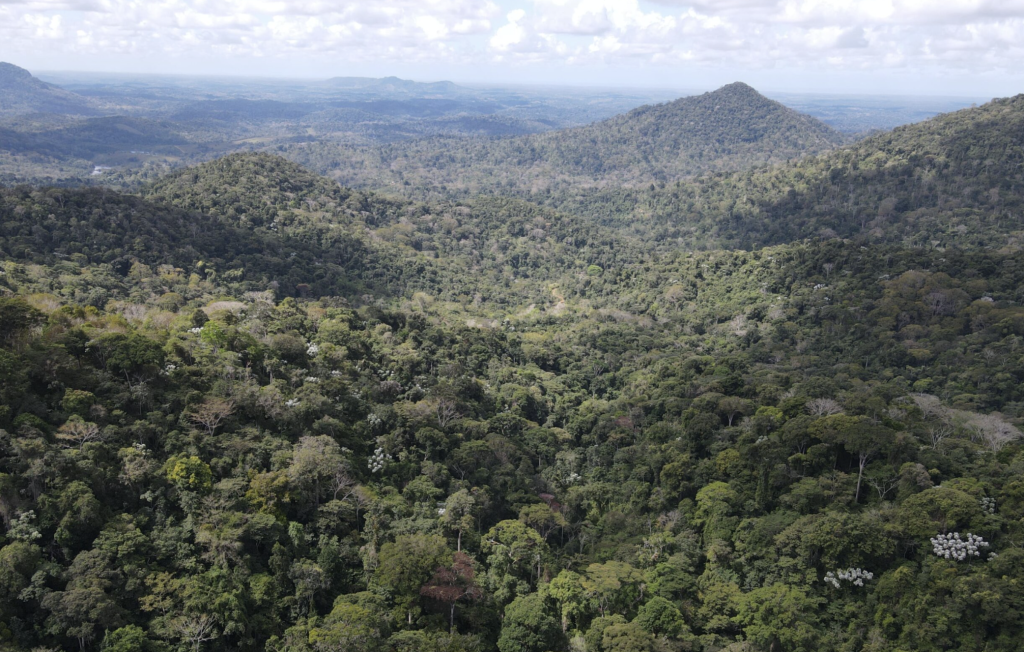
Serra das Lontras National Park
